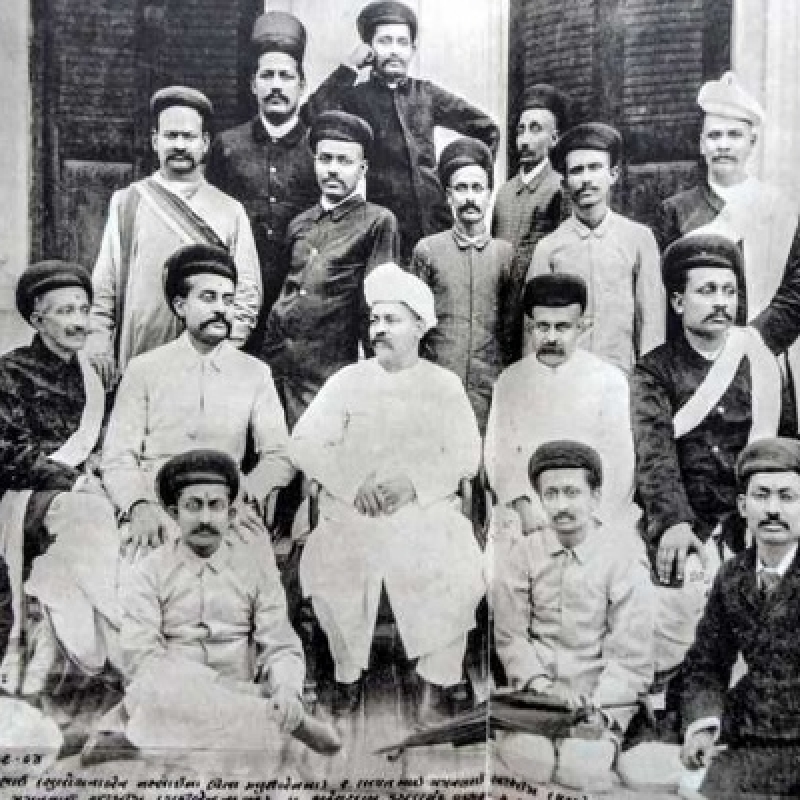The Sarabhais of Ahmedabad contributed substantively to Indian culture and cultural institutions. Prof B.N. Goswamy writes about Aparna Basu’s book on the family, which reminds us of times when the tenor of life was different and when values were very often higher, and nobler, than what we see today. (In Pic: The Shethia Club of Ahmedabad, 1891–94; Photo courtesy: The Tribune)
This article appeared originally in The Tribune, Chandigarh and is reproduced here with permission.
Not long ago, at the launch of a book that Aparna Basu—untiring historian—had written on the Sarabhai family of Ahmedabad, Ramachandra Guha was in conversation with her, and he opened, a bit provocatively, by asking how is it that of all the distinguished Indian families who, in the last century or more contributed substantively to Indian culture and cultural institutions, it was the Tagores who always come to mind, or are spoken of? What about the Sarabhais of Ahmedabad, or the Tyebjis of Mumbai? Much of course could, and was, said about the question.
The discussion that followed does not necessarily concern what I write about here, for my intent is, first, to draw attention to Aparna’s remarkably engaging book—As Times Change—thoroughly researched and written from the heart, as it is. But also to recall what she says in the Introductory part: “For the historian”, she says, “writing about an individual or a family is not an end in itself. Rather, it is a means of illuminating some larger questions that go beyond the particular story of its characters.” For me, what this book does—through following the history and the character more than the fortunes, of a distinguished family of Ahmedabad—is to remind us of times when the tenor of life was different and when values were very often higher, and nobler, than the tawdry, self-serving values we see all around today.
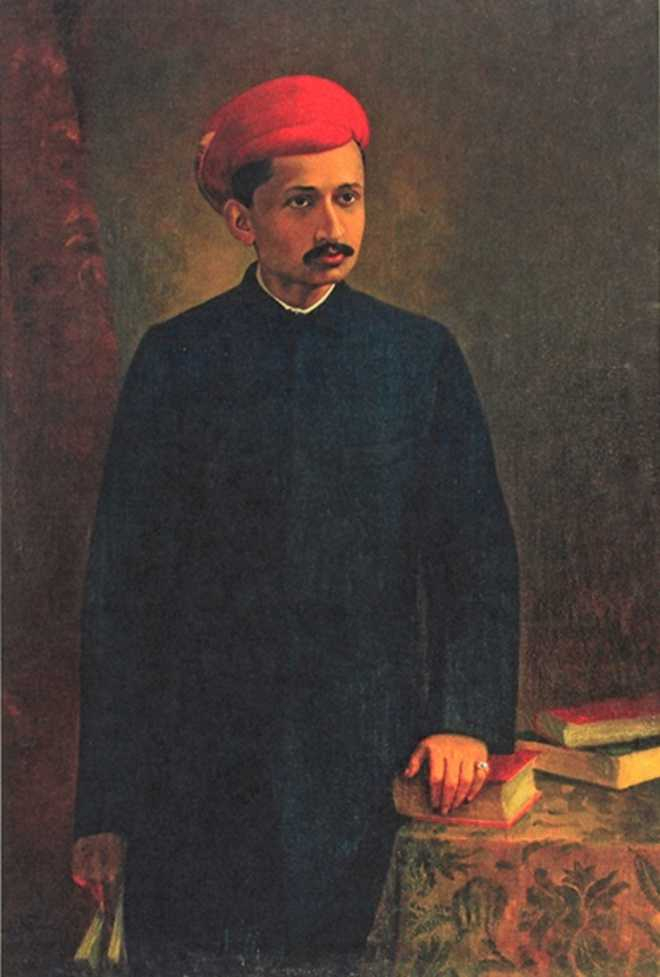
The Sarabhais are the dominant figures in this volume, of course, but so are the times. Almost from the beginning as the fortunes of this Ahmedabad family began to grow, we get glimpses of the character of the family, and its concerns. Early on, Aparna reproduces, in translation of course from Gujarati, the will of Sheth Maganbhai Karamchand, an early ancestor who adopted his sister’s son, Sarabhai, after whom the family came to be known. Written in 1864, the will is a remarkable document. It opens with a couple of well-phrased philosophical observations about life and its fragility, then goes into remarkably practical and precise details not only about what he would like to leave for members of his own family but for ‘others’, for causes, and for some institutions. Grants, annuities, waiving of loans: everything figures in that category. Thirty years later, there is another will, left by Sarabhai Maganbhai, his successor, filled with much the same kind of thoughts, much the same concern for others.
Also Read | Baroda Patronage: Sayajirao Gaekwad III as Patron of Art
From the archives of the family—so meticulously kept, and on which Aparna worked for years—a picture emerges of the times that followed, times that one can almost reach out and touch. This was when the great industrial magnate, Ambalal Sarabhai and his gifted wife, Sarla Devi, came on the scene. Quietly, noiselessly as it were, from the generous but inward looking concerns, the family moved on to take cognisance of what was happening outside, in the wide open world. This was the age of the Indian National Congress and the freedom movement—at one time, Aparna notes, ‘six women of the Sarabhai family were in jail’ during the Quit India movement—peopled with men like Gandhiji, Nehru, Tagore and Sardar Patel, among others. It was under their influence and in the atmosphere that they now were breathing, that a new breadth entered the Sarabhai vision: all religious festivals, not only Jain, were to be celebrated; untouchability was anathema; western education had to be learnt from. It was in the spirit of doing what is right that Ambalal’s sister, Anasuya, generally referred to as ‘Motaben’, stood up for the rights of the Ahmedabad mill-workers and organised a strike against her own mill-owner brother: an act that endeared her to Gandhiji.
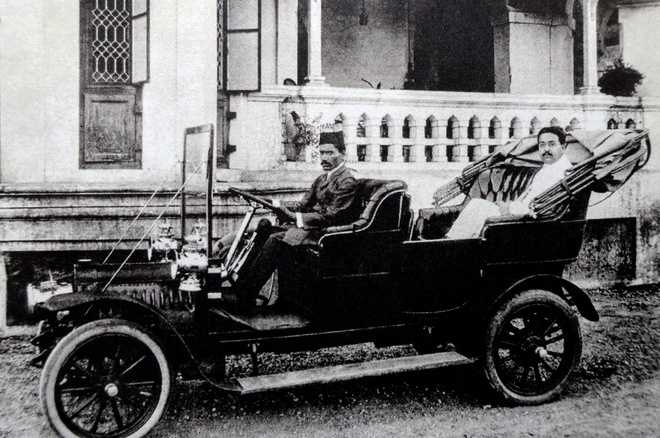
Ambalal and Sarla Devi had eight children, all of whom were entrusted initially to English teachers, and, with the enormous resources that the family now had, each one of them was sent abroad to study—Oxford, Cambridge, the US—to absorb, one might say, ‘the West’. But everyone returned and adopted an area of choice, being interested essentially in founding institutions for our own land, our own people. Aparna draws attention to the institutions that these ‘children’ eventually founded or substantively contributed to: The IIM at Ahmedabad, the Ahmedabad Textile Industry Research Institute, the National Institute of Design, the Calico Museum of Textiles, the BM Institute of Medical Health, the Sangeet Kala Kendra, the Darpana Academy of Performing Arts... It is an astonishing list.
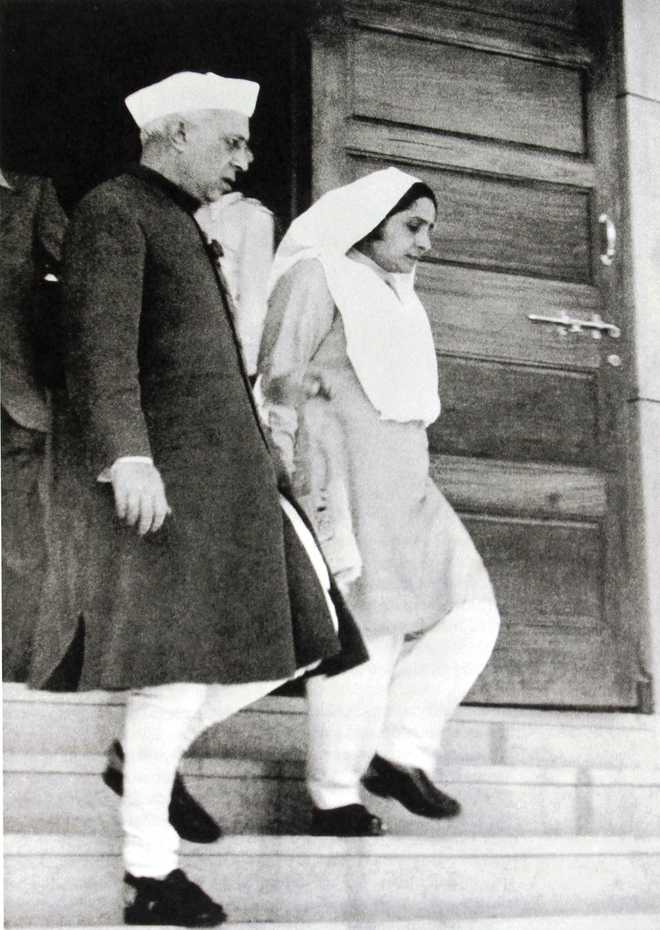
Equally astonishing is the number of men and women of the greatest distinction from overseas—the list is long—who came visiting, and stayed with the family: thinkers, artists, designers, innovators. Everyone had to be learnt from, and everyone respected. What is remarkable at the same time is the warmth with which so many great figures from India responded to the Sarabhais, recognising the values they held dear. With discrimination and perception, in this volume, Aparna has brought in a selection of the sustained correspondence between Gandhiji and Anasuya, between Jawaharlal Nehru and Bharati, between Ambalal himself, Sarla Devi and Rabindranath Tagore, between Bharati and Subhash Bose. There is something touching about the manner in which Jawaharlal kept writing to the young and ebullient Bharati who looked up to him, correcting her mistakes when she quoted the Greek poetess Sappho wrongly, or misunderstood what Walter de la Mare had said at some place. When Bharati wrote in some context that she was on the threshold of life, Jawaharlal, like an affectionate senior, wrote: “Linger awhile on the threshold, Bharati: do not hurry”.
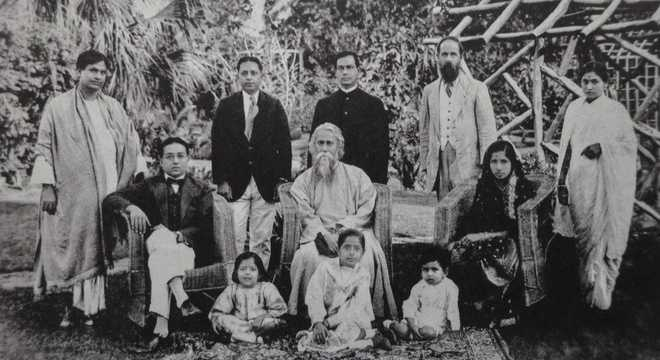
Such was the flavour of the world that once existed, and of which the Sarabhais were a part. To the point that Ramachandra Guha had made at the book launch about the self-denying Sarabhais being much less talked about than, say, the Tagores, the answer may lie in the fact that the Sarabhai estate in Ahmedabad is named “Retreat”. You create, you build, and then, soft-footedly, you retreat.
This article has been republished as part of an ongoing series Art N Soul from The Tribune.
